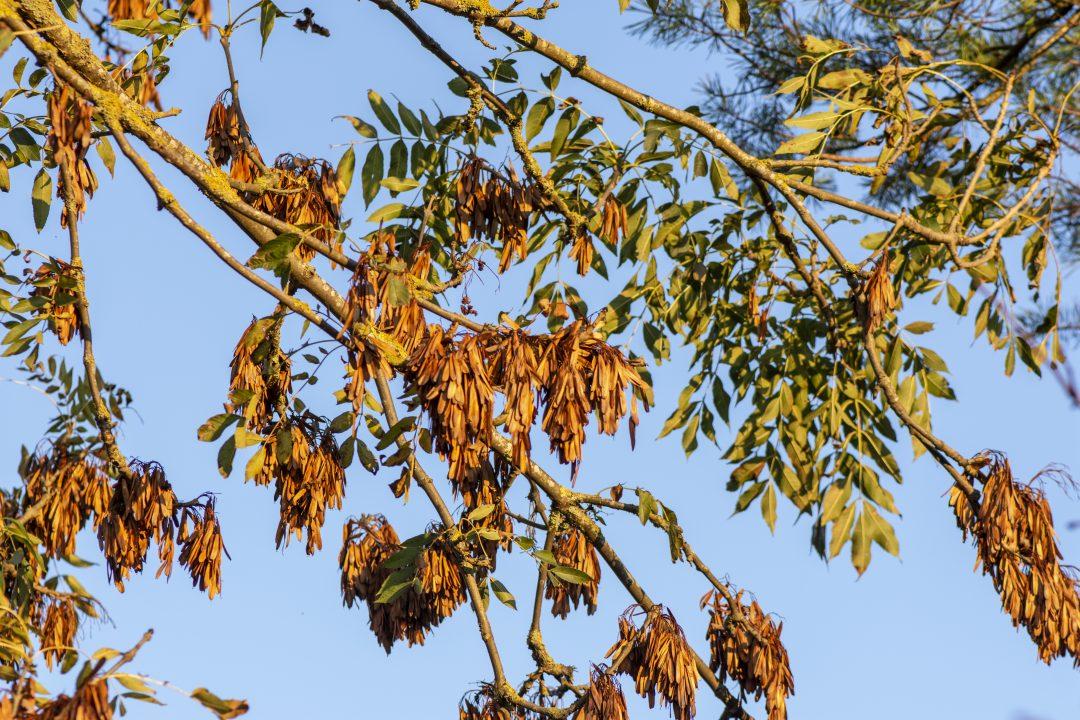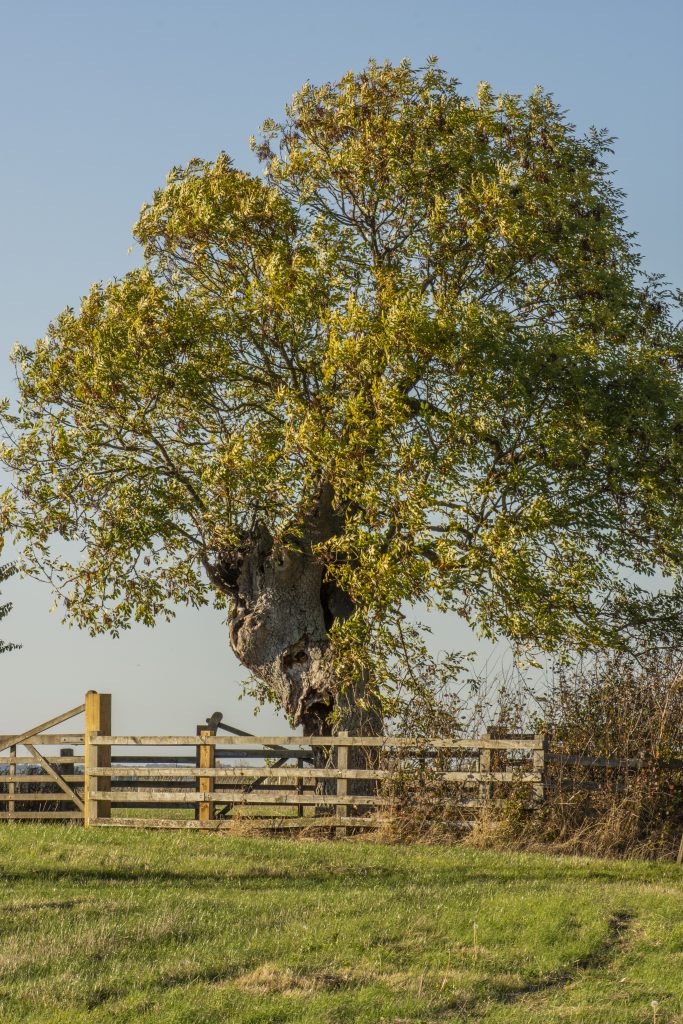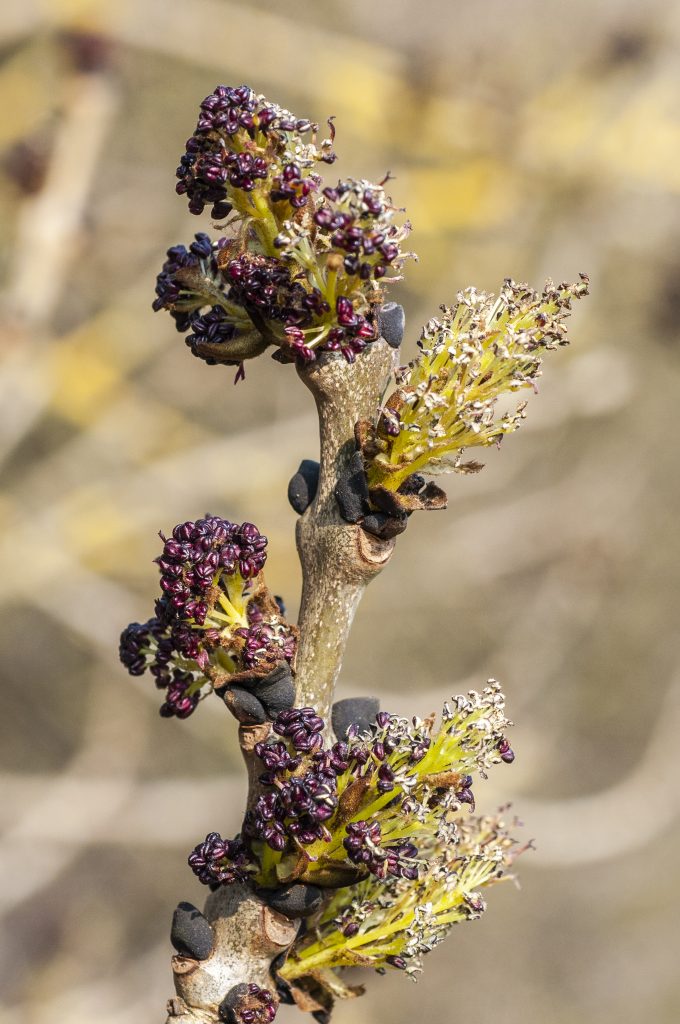
Meet the 'Venus of the woods'
As Britain’s third most widespread tree, the ash makes up some 20% of the UK’s woodland, but recent years have seen the species fighting a battle for its very survival with the onset of chalara ash dieback – a fungal disease that causes the trees to die from the tip of their roots or leaves inwards. Let’s find out a little more about this important yet beleaguered native…
A vital role
As a keystone species in the UK, ash trees provide a habitat for almost 1,000 other organisms, with over 100 of these species either completely or highly dependent on the tree for their survival.
As a very long-lived tree (ash can live for up to 400 years – longer if it is coppiced), it can support many specialist deadwood species such as the lesser stag beetle. Hole-nesting birds including owls, woodpeckers and the nuthatch favour it, while bullfinches feed on its winged seeds. While its alkaline bark supports a wide range of lichens and mosses, ash leaves are an important food plant for the caterpillars of many species of moth, including the coronet, brick, centre-barred sallow and privet hawk-moth. The buds begin to burst in early spring revealing clusters of purple flowers that are pollinated by the wind.
The airy canopy and early leaf fall mean that ash trees allow sunlight to reach the woodland floor, providing great conditions for wildflowers such as dog violet, wild garlic and dogs mercury, consequently attracting insects such as the silver-washed fritillary butterfly whose caterpillars feed on dog violet. Ash trees are often accompanied by a hazel understory, providing the perfect conditions for dormice to thrive.

Steeped in folklore
Historical references to the ash stretch back deep into the mists of time, with Old Norse sources mentioning it many times. Referred to throughout various texts and poetry, askr Yggdrasil (where ‘askr’ means ash tree) was believed to be an immense and mythical tree that connected the nine worlds of Norse mythology. Norse Viking mythology also refers to the ash as the ‘Tree of Life’ and even today it is sometimes known as the ‘Venus of the Woods’.
In Britain we regarded the ash a healing tree, and its tough wood has been favoured by craftsman for centuries. Known to absorb shocks without splintering, ash wood has always been popular for making tools or sport handles, including hammers, axes, hockey sticks and oars. In addition, it was often used to make furniture, and is excellent for firewood and charcoal.

Fingers crossed at the Forest
With over 200,000 ash trees across the Heart of England Forest, hopes are high that our family may be spared the ravages of ash dieback. To date the disease has not gained a sizeable foothold in the Forest, and hope remains strong that this trend will continue. Although new tree and shrub species in the same family as ash have recently tested positive for the infection, they are mainly ornamental and not native or widespread in the UK.
It has also been found that some ash trees have a robust defence against the disease, so there is reason for optimism in that science may soon find a solution to help stem the fungal advance. A report by the government’s Forest Research unit has set out plans to restrict the spread of the disease while science seeks the means to increase the resilience of the species. Our fingers will stay crossed at the Heart of England Forest as hope remains for the future of this most indispensable of species.

Your ash trees need you!
Forest Research has set up a reporting system called Tree Alert that aims to monitor the health of the nation’s trees, and anyone visiting woodlands can submit a report if they spot any anomalies in a tree’s health. So, if you see any ash trees with discoloured leaves, brownish spots on the bark or stem, or peeling bark with further discolouration beneath, you are urged to report the location online. As they say, ‘every little helps’!



